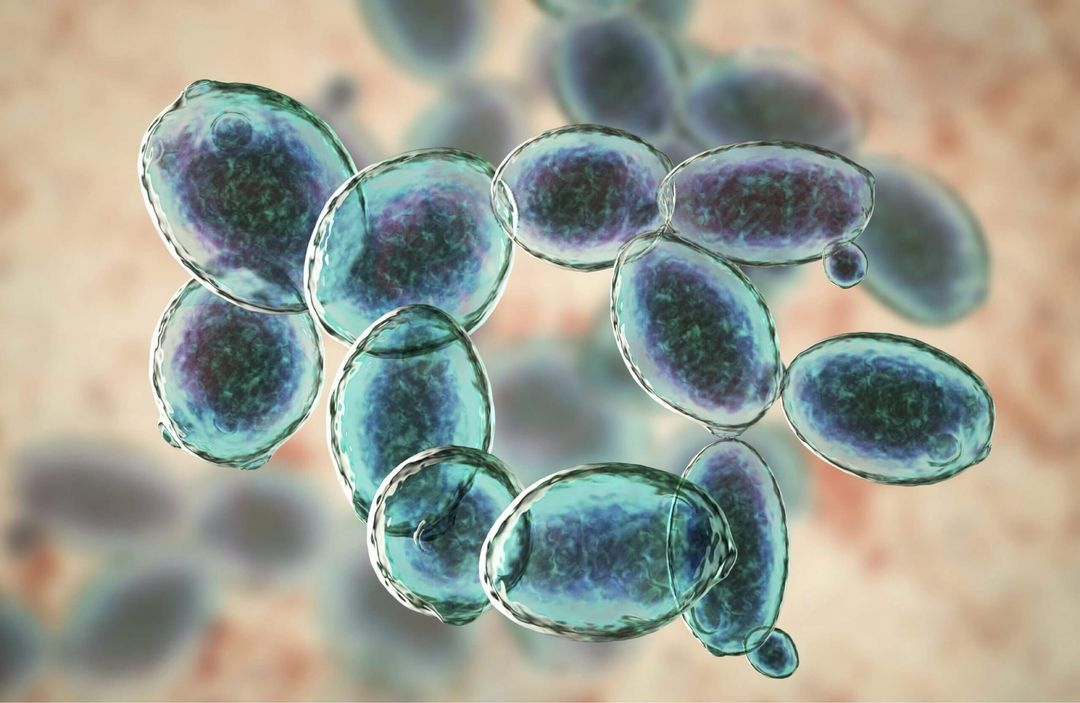As we embark on an exploration of energy production in the human body, our journey begins with a comprehensive understanding of its mechanisms. Shifting our focus, we delve into the optimization of energy production, exploring processes such as Oxidative Phosphorylation and the electron transport chain within our mitochondria—the cellular powerhouses. Notably, the critical role of mitochondria in overall health is underscored by their link to neurodegenerative diseases and Metabolic Syndrome.
Furthermore, our discussion extends to supplements and therapies that enhance energy production through the electron transport chain (ETC). Subsequently, we explore strategies to amplify their effects, considering factors such as quantity, timing, and order. Recognizing the challenges some may face in obtaining certain compounds from food, particularly those with dietary restrictions, we emphasize the importance of supplements.
It’s not merely about acquiring nutrients that are scarce in food; rather, essential molecules are sometimes simply unavailable in sufficient quantities through dietary sources. For instance, while blueberries are a rich natural source of pterostilbene, a standard dose of 100 mg far exceeds what one would get from over 140 cups of blueberries.
In the modern world, malnutrition stems from various contributors; among them is soil depletion resulting from non-regenerative farming methods. This depletion leads to impoverished soil and, consequently, crops that lack essential nutrients.
Soil Erosion and Nutrient Depletion: Unveiling the Alarming State of Our Soil
Fact: Soil is eroding at an alarming rate. Nutrients like phosphorus and nitrogen have drastically fallen over the last century. We could solve this by switching to regenerative farming which will increase the nutrients in soil and thus our food. [1][2]
- Produce now often travels long distances.
Indeed, these long transportation distances contribute to a shorter shelf life for fruits and vegetables. Consequently, by the time they have been stored in your fridge and customers are ready to consume them, many of their B vitamins have already undergone degradation.
- Highly processed foods are pervasive.
- Environmental toxins, old and new.
- Minerally depleted water
- More dietary restrictions, as the result of allergies or lifestyle choices
- An older population. Levels of beneficial hormones decline with age.
If you have a restricted diet, consume commercially available food, or want to live a longer, healthier life, taking supplements just makes sense.
References and Suggested Reading
Amundson, Ronald, et al. “Soil and human security in the 21st century.” Science 348.6235 (2015): 1261071.
Bournat, Juan C., and Chester W. Brown. “Mitochondrial dysfunction in obesity.” Current opinion in endocrinology, diabetes, and obesity 17.5 (2010): 446.
More
Bratic, Ana, and Nils-Göran Larsson. “The role of mitochondria in aging.” The Journal of clinical investigation 123.3 (2013): 951-957.
McCormack, Denise, and David McFadden. “A review of pterostilbene antioxidant activity and disease modification.” Oxidative medicine and cellular longevity 2013 (2013).
McLauchlan, Kendra. “The nature and longevity of agricultural impacts on soil carbon and nutrients: a review.” Ecosystems 9.8 (2006): 1364-1382.
Patti, Mary-Elizabeth, and Silvia Corvera. “The role of mitochondria in the pathogenesis of type 2 diabetes.” Endocrine reviews 31.3 (2010): 364-395.
Szendroedi, Julia, Esther Phielix, and Michael Roden. “The role of mitochondria in insulin resistance and type 2 diabetes mellitus.” Nature Reviews Endocrinology 8.2 (2012): 92-103.
Vernochet, Cecile, and C. Ronald Kahn. “Mitochondria, obesity and aging.” Aging (Albany NY) 4.12 (2012): 859.


